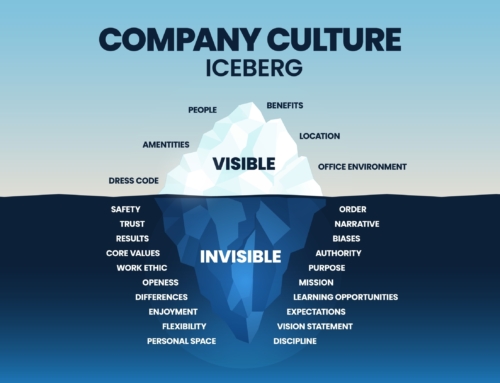What are the factors I would consider when choosing to provide outplacement support for an individual and how much I should invest?
Career Life Transitions have 12 things you might consider when you find yourself in that unfortunate situation where you may need to make roles redundant and consequently let people go.
- Seniority of the individual: The more senior a person is, the more they are connected and the fewer jobs there are. Typically a senior manager could be looking for 6 to 9 months for their next role, it can be very challenging mentally for the individual and outside professional support goes a long way to keep them on track.
- Complexity of their role: For someone who provides a very specific service to the organisation, the next step in their career can be challenging to navigate.
- Mental state of the individual: A variety of factors could contribute to the mental state of an individual at time of separation, providing them with a solid plan for next steps gives people a much-needed baseline of support.
- Age, ethnicity, and gender factors: This points to the existing biases in our society and the difficulty someone may face when transitioning roles.
- Length of tenure in the organisation: People who have dedicated a large portion of their lives to the organisation should be exited with the same respect and dignity as those joining the organisation. It also reflects well on remaining employees to see long term people leaving with full support.
- Value to the organisation (past contribution): As per the above point, the recognition through dignity and respect is part of the reward and recognition for an individual who is seen to have made a strong contribution, not recognising this may leave a sour taste in the mouths of those remaining.
- Need for community and/or stakeholder perception management: Your reputation is not what you say about yourselves anymore, it is what social media says about you. Get it wrong and people will know.
- Current ‘health/state’ of the organisation (+ve, -ve, growth mode, restructuring etc.): What stage is your organisation in? If you are looking to recruit in growth mode and are letting people go who don’t have the right skills, how you are perceived as an employer goes across the whole employee life cycle, not just initial engagement. If you are in downturn, keeping the spirits and morale of those remaining as high as possible is important. Either way, exiting employee treatment will speak volumes to anyone watching.
- Budget: Most programs cost far less than a week’s salary for many employees, however, your budget is an obvious consideration. Investing in the program sets a positive image for those remaining, as it showcases the value of people to the organisation.
- Contractual or legal requirements (employment contracts, union agreements etc.): Check the fine print and make sure you’ve dotted your I’s and crossed your t’s. A small mistake here can end up being a costly mistake later.
- Alignment to companies stated policies and values: If you say people are your most important asset, or that you value people and their contribution in your values, then the way you separate your people from the organisation will scream volumes about whether that is really the culture or just a set of words on the wall.
- Possible impact on the individuals remaining team: A much underrated and misunderstood point, people do feel regret and remorse when the team is split up and not taking this into account when you restructure can leave people distressed and disengaged.














Dr Susan Roberts says: